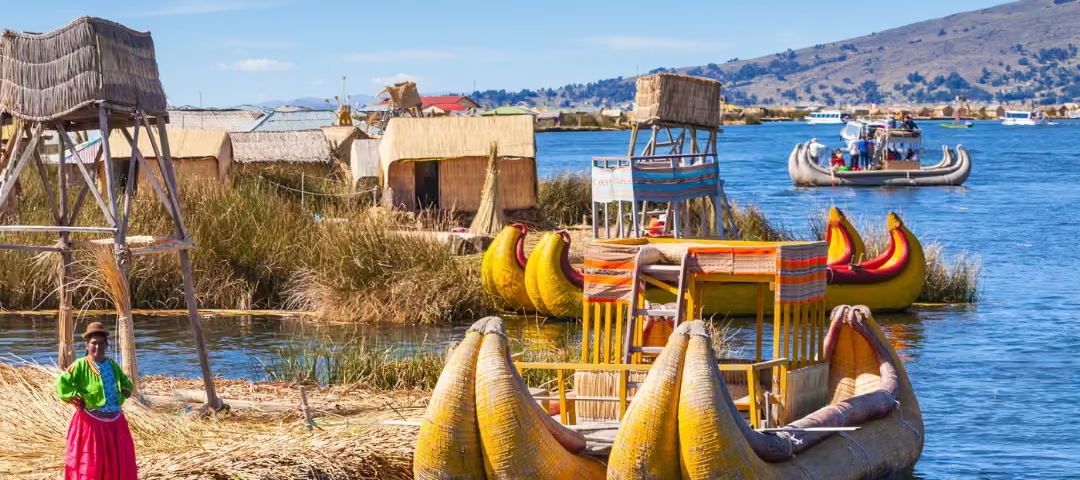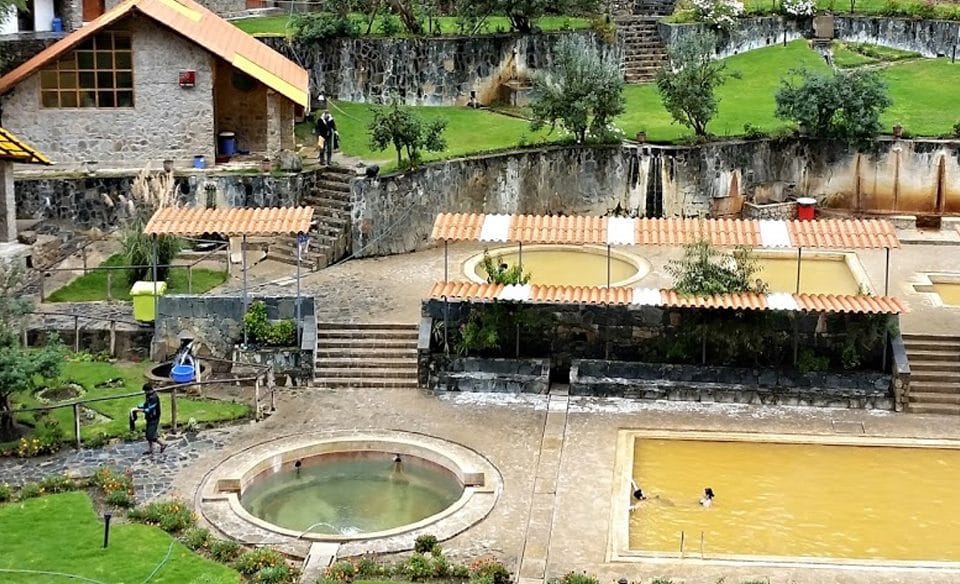Exploring the Floating Islands of Lake Titicaca: A Unique Cultural Experience

Nestled high in the Andes at 3,812 meters above sea level, Lake Titicaca is not only the largest lake in South America by volume but also one of the most culturally rich regions in the world. Beyond its crystal-clear waters and dramatic mountain backdrops lies a truly unique experience: the floating islands of the Uros people. Visiting these artificial reed islands on Lake Titicaca is like stepping into a living museum where history, sustainability, and community intertwine.
The Ancient History of the Uros
The Uros people predate the Incas and are believed to have settled on Lake Titicaca over a thousand years ago. Originally, they lived along the shores of the lake but moved onto the water to escape aggression from neighboring tribes. Using totora reeds, which grow abundantly on the lake, they began constructing floating islands as a defensive strategy. Each island is meticulously layered and requires constant maintenance—every 15 to 20 days, new layers of reeds are added.
Life on the Floating Islands
Today, around 100 floating islands remain on Lake Titicaca, inhabited by Uro families who maintain their ancestral lifestyle while integrating aspects of modern life. Daily life includes fishing, weaving, and reed harvesting. Children attend school on floating classrooms, and solar panels now provide limited electricity. Despite growing tourism, the Uros preserve their language, customs, and respect for the lake, which they consider sacred.
Sustainability in Action
Lake Titicaca is a fragile ecosystem, and the Uros have practiced sustainability long before it became a global concern. The use of totora not only serves construction but also feeds their animals and even purifies water. Each island is eventually recycled into the lake, completing a natural cycle. The Uros also teach tourists about the impact of pollution and promote eco-conscious tourism.
Responsible Tourism
Tourism is a double-edged sword for the Uros of Lake Titicaca. On one hand, it provides income and opportunity; on the other, it can disrupt their culture. Responsible tourism practices—such as limiting group sizes, respecting local customs, avoiding plastic waste, and purchasing authentic handmade crafts—help ensure the sustainability of these communities.
he Geography of Lake Titicaca
Lake Titicaca stretches across the border of Peru and Bolivia, covering more than 8,300 square kilometers. It is home to over 25 rivers and more than 40 islands, both natural and man-made. The lake plays a crucial role in local agriculture, fishing, and cultural identity. Its high altitude affects weather and visitor acclimatization, but its breathtaking vistas make the journey worthwhile.
Why Lake Titicaca is a Must-Visit
Lake Titicaca is more than just a body of water—it’s a portal into ancient civilizations, an example of environmental resilience, and a vibrant cultural hub. Unlike many tourist destinations, the floating islands offer a direct connection with indigenous traditions still alive today. For travelers seeking authenticity and inspiration, Lake Titicaca delivers an unforgettable journey.
When to Visit Lake Titicaca
The best time to visit Lake Titicaca is between May and October during the dry season. Days are sunny and ideal for boat trips and island visits. However, nights can be very cold due to the altitude. If you’re planning a cultural experience, avoid large festivals to enjoy a quieter and more immersive encounter.
Tips for Visiting the Uros Islands
- Acclimatize in Puno before visiting.
- Bring sunscreen, a hat, and warm layers.
- Respect the community’s privacy.
- Ask before taking photographs.
- Buy local crafts directly from the makers.
- Don’t leave trash—Lake Titicaca is sacred.
Exploring the floating islands of Lake Titicaca offers a one-of-a-kind cultural immersion you won’t find elsewhere. With over a millennium of history, a strong sense of community, and eco-conscious living, the Uros show the world how to live in harmony with nature. Whether you come for the scenery, the culture, or the connection, Lake Titicaca will leave you changed.
Contact us today and start planning your next cultural journey






